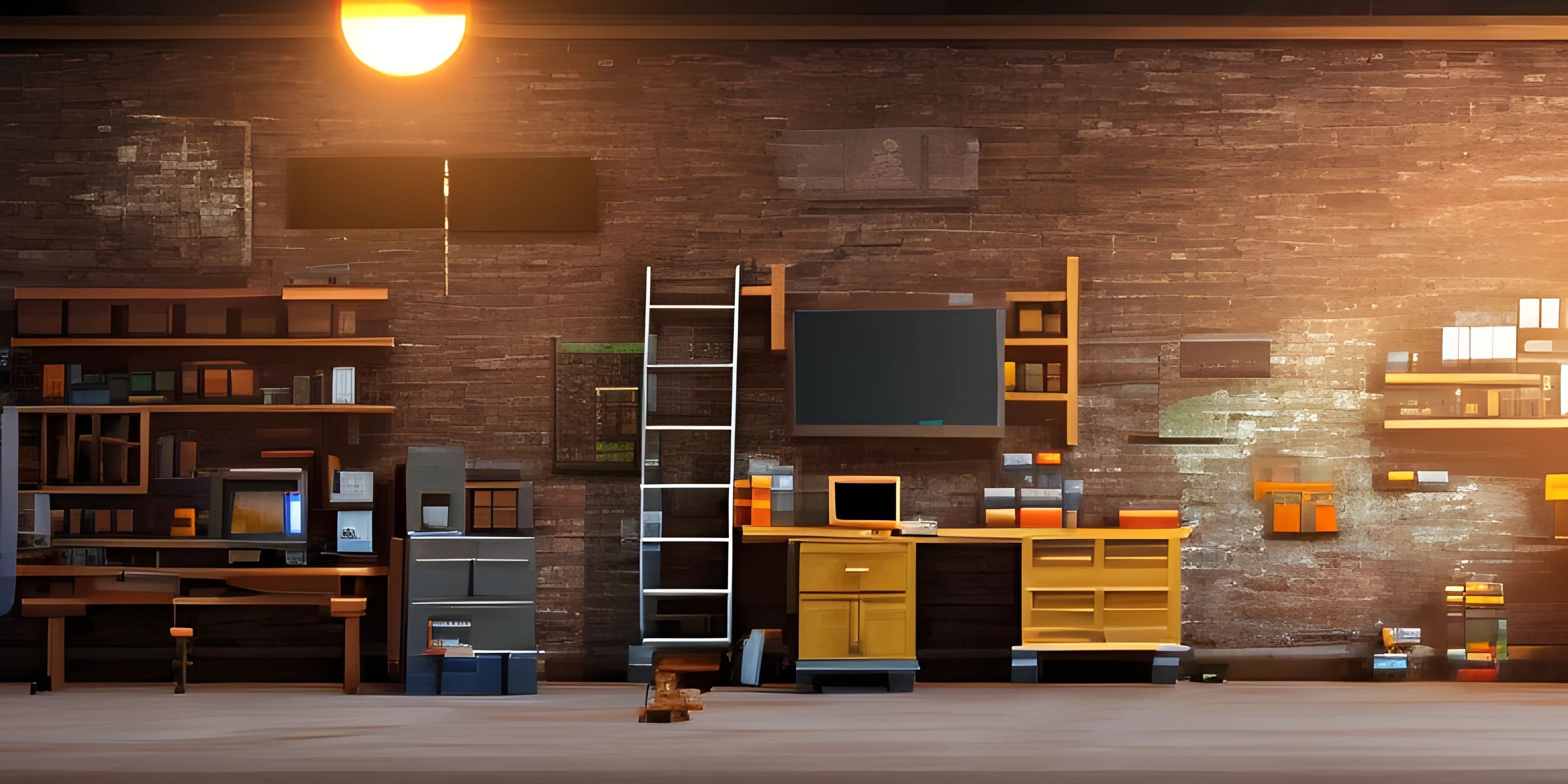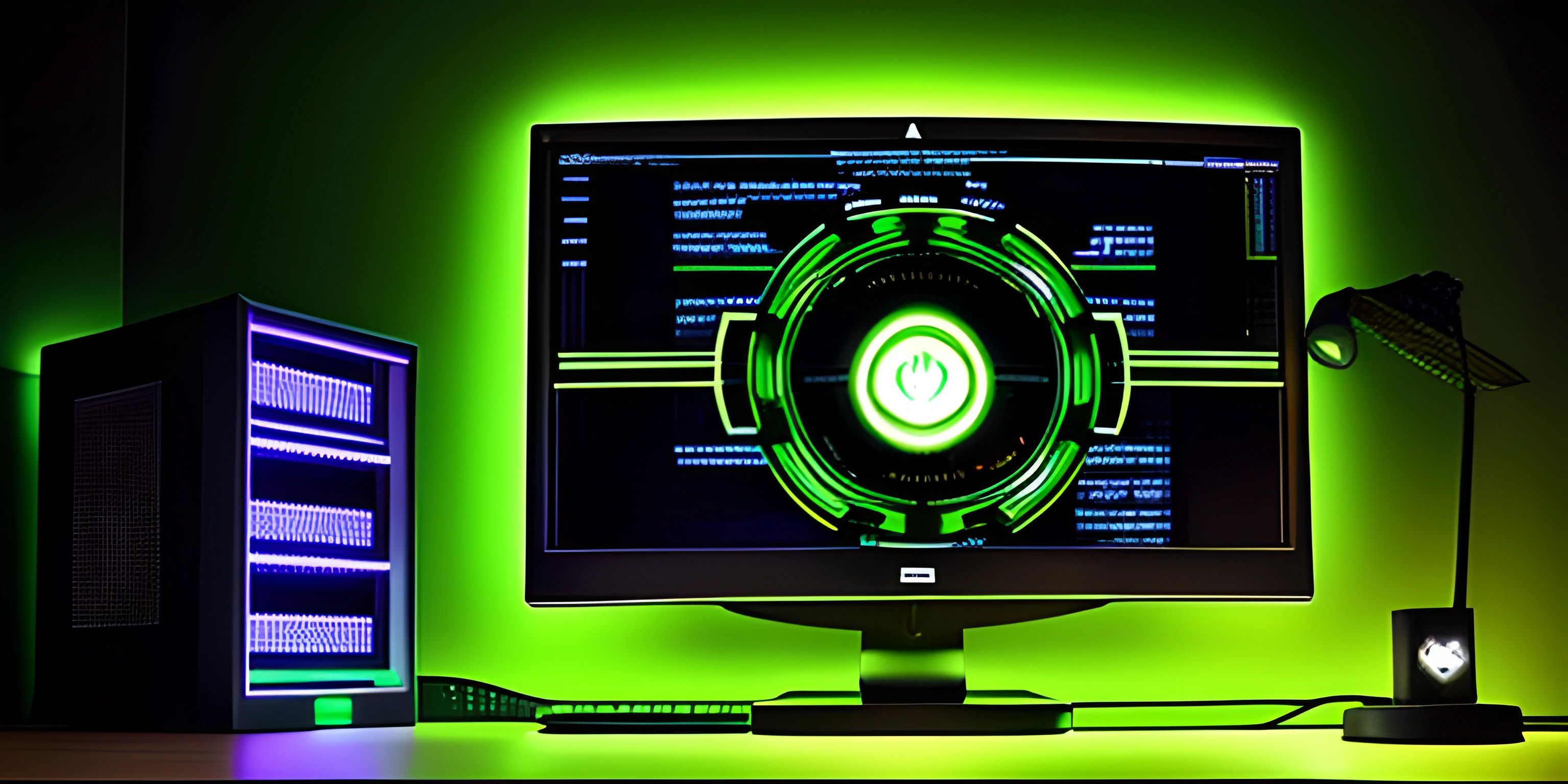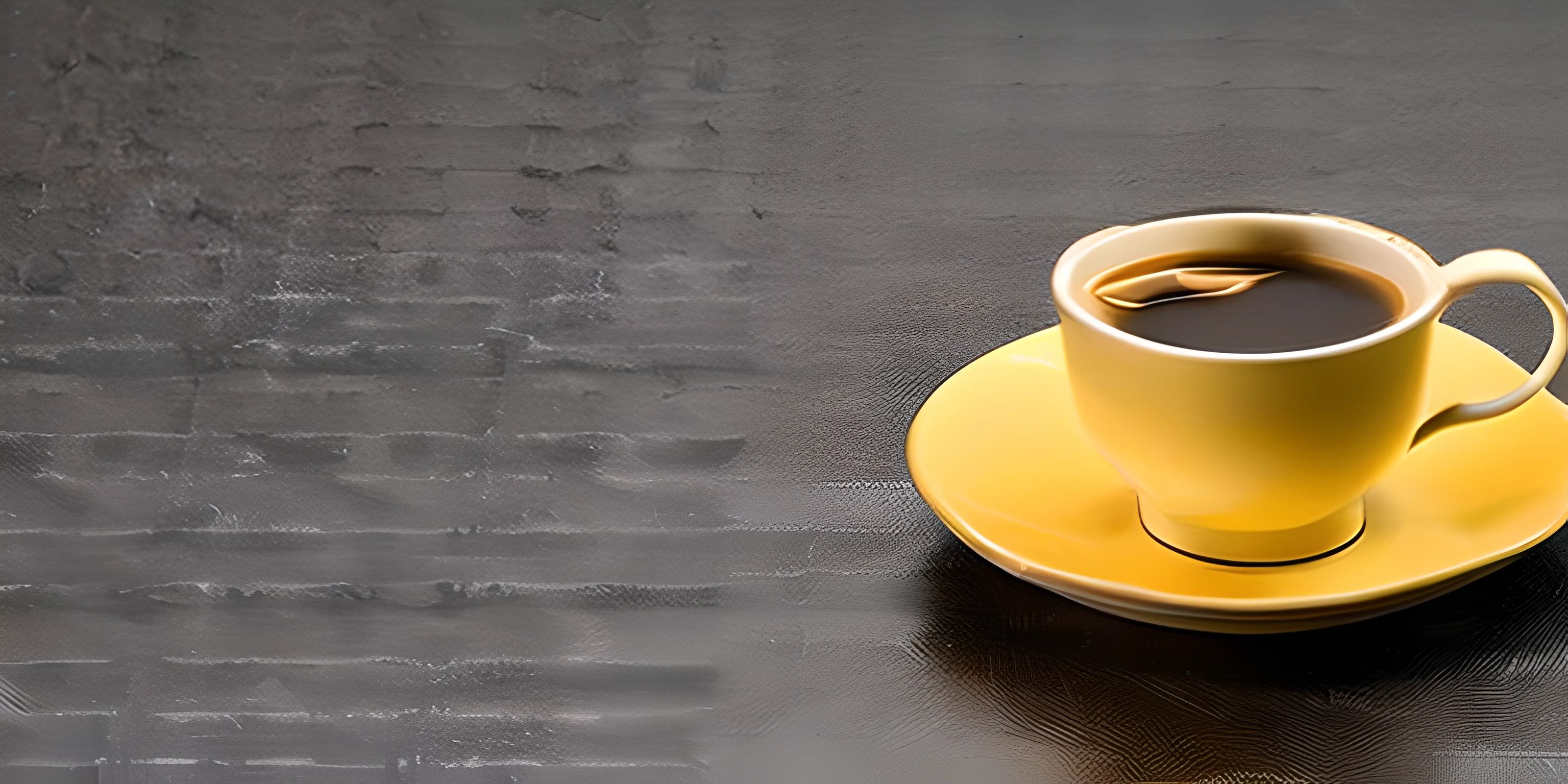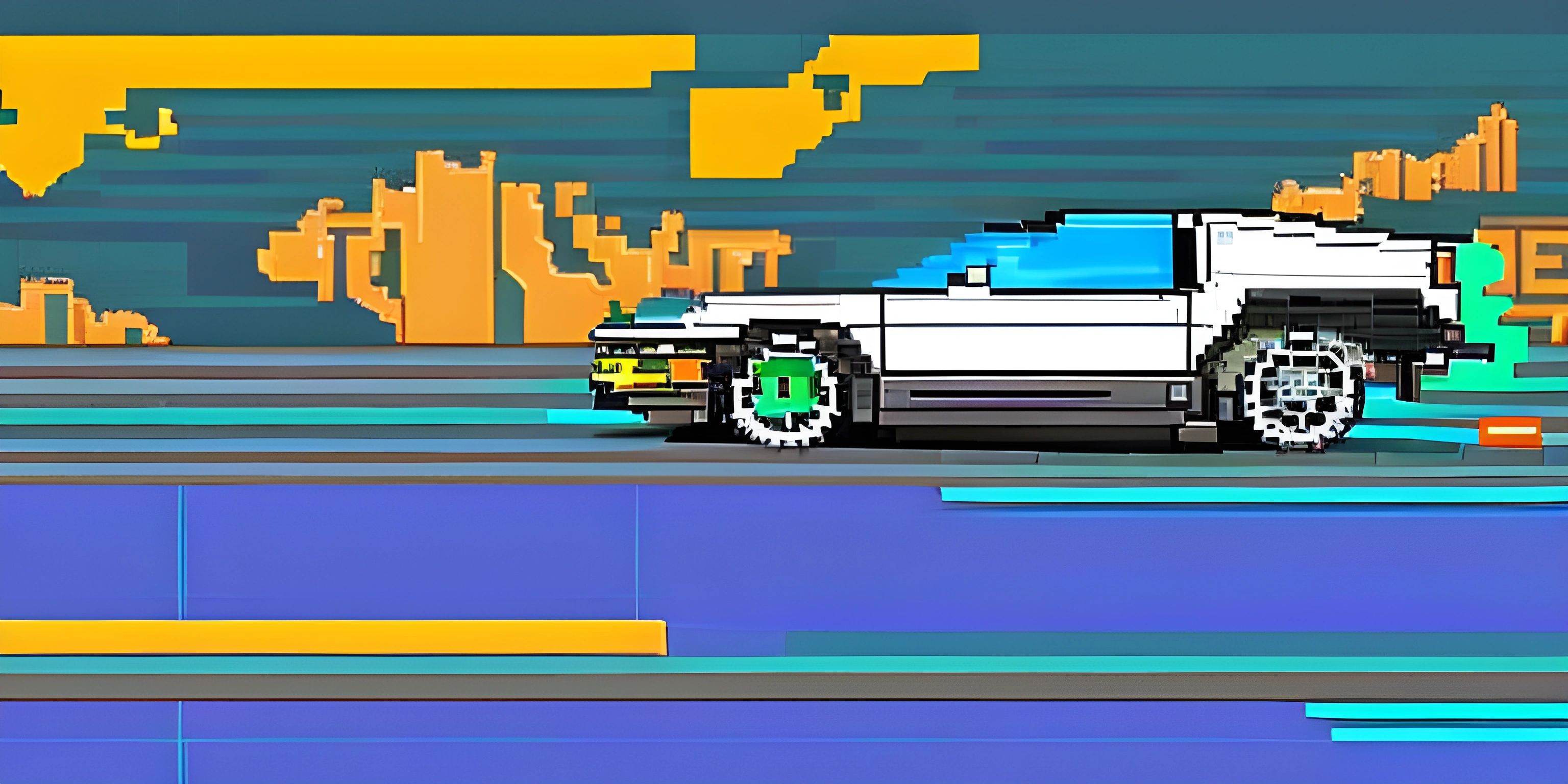Installing Rust

Note: this page has been created with the use of AI. Please take caution, and note that the content of this page does not necessarily reflect the opinion of Cratecode.
So you've decided to venture into the world of Rust! Great choice! Before you can begin writing elegant, memory-safe, and concurrent code, you'll need to install the Rust compiler and essential tools. Don't worry, it's a breeze!
Step 1: Downloading Rustup
The first thing you'll need to do is download Rustup, the Rust toolchain installer. Rustup manages your Rust installation, keeps it up-to-date, and helps you easily switch between different Rust versions. To download Rustup, visit the official Rust website and follow the instructions for your operating system.
For example, on Linux or macOS, you can run this command in your terminal:
curl --proto '=https' --tlsv1.2 -sSf https://sh.rustup.rs | sh
On Windows, you'll need to download and run the .exe installer instead.
Step 2: Installing the Rust Toolchain
Once Rustup is installed, it will automatically download and install the latest stable Rust toolchain. The toolchain includes the rustc compiler, cargo (the Rust package manager), and rust-docs (the Rust documentation).
During the installation process, you'll be prompted to select the default host triple (the target platform). You can usually just press "Enter" to accept the default option, but if you need a specific target, you can choose it from the list provided.
Step 3: Configuring Your Environment
After the toolchain is installed, you'll need to configure your environment so that you can access the Rust tools from your terminal.
For Linux and macOS users, Rustup should automatically add the necessary configuration to your shell profile. You might need to restart your terminal or run the following command to apply the changes:
source $HOME/.cargo/env
For Windows users, Rustup will configure your %PATH% environment variable. You might need to restart your terminal or computer for the changes to take effect.
Step 4: Verifying Your Installation
Now that you've installed Rust and configured your environment, it's time to make sure everything works as expected. Open a new terminal and run the following command:
rustc --version
You should see the Rust compiler version displayed, like so:
rustc 1.58.0 (abcdef01 2022-01-01)
Congratulations! You've successfully installed Rust and are now ready to start your journey towards becoming a fearless Rustacean. Your next step could be learning about Rust variables or diving into Rust functions. Enjoy the adventure!
Hey there! Want to learn more? Cratecode is an online learning platform that lets you forge your own path. Click here to check out a lesson: Rust Lifetimes (psst, it's free!).
FAQ
How do I install Rust on my computer?
Installing Rust is easy! Follow these steps for your operating system:
-
Windows: Download the "rustup-init.exe" file from rustup.rs and run it.
-
macOS and Linux: Open a terminal and enter the following command:
curl --proto '=https' --tlsv1.2 -sSf https://sh.rustup.rs | sh
-
Follow the on-screen instructions to complete the installation. The default options should work for most users.
How can I verify that Rust was installed correctly?
To check if Rust was installed correctly, open a terminal or command prompt and type:
rustc --version
If Rust is installed, you should see its version number. If you get an error or the command is not recognized, the installation might have failed or Rust might not be in your system's PATH.
How do I update my Rust installation to the latest version?
Keeping Rust up-to-date is important for getting access to the latest features and improvements. To update Rust, run the following command in your terminal or command prompt:
rustup update
This will download and install the latest stable version of Rust and its related tools.
How do I uninstall Rust if I no longer need it?
If you decide that Rust isn't for you or you need to uninstall it for any reason, it's simple to do. Run the following command in your terminal or command prompt:
rustup self uninstall
This will remove Rust and its associated tools from your system.
Can I install multiple Rust versions or switch between stable, beta, and nightly channels?
Yes, you can! rustup makes it easy to manage multiple Rust versions and channels. To install an additional version, use the following command:
rustup toolchain install <channel>
Replace <channel> with stable, beta, or nightly. To switch the default version, use:
rustup default <channel>
Remember to replace <channel> with your desired channel.





